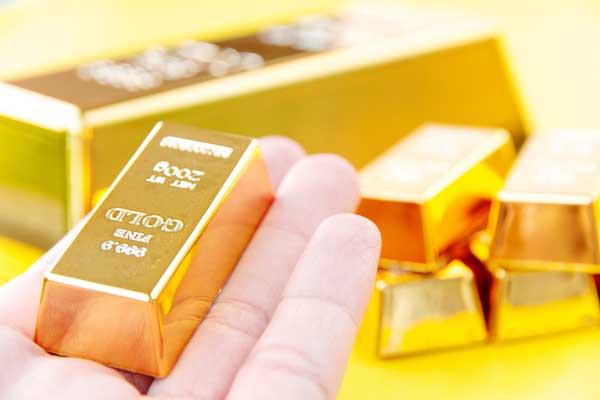Gold, the mesmerizing metal that captivates hearts and sparks dreams, is more than just a precious metal; it’s a symbol of wealth and mystique. In this article, we delve into the fascinating world of gold production, exploring the intricate process of crafting the world’s most expensive gold bars. From refining to the final casting, each step reveals the dedication and precision required to create these bewitching ingots.

The Refining Journey Begins
The production of top-tier gold bars commences with refining. Raw gold from various sources arrives at a specialized plant in the form of ingots, laden with impurities like silver and copper. Through meticulous processes, these impurities are meticulously removed, transforming the raw material into refined gold of the highest standard.
The Crucial Role of Smelting
Smelting, an essential stage, involves subjecting the ingots to intense heat, exceeding a thousand degrees. This process not only melts the ingots but also helps determine the gold content, essential for crafting high-quality bars. The meticulous handling of harmful gases and safety precautions underscore the complexity of this step.
The Miller Process and Purification
The journey continues with the Miller process, where gaseous chlorine is introduced. This element selectively reacts with impurities and silver, leaving the gold untouched. Through this method, impurities form slags, which are meticulously removed. Gradually, the gold content escalates to an impressive 95 percent, setting the stage for further refinement.
The Art of Electrolysis
Electrolysis, a complex process involving nitric and hydrochloric acid, further purifies the gold. The resulting gold anodes undergo electrolysis, with aqua regia dissolving impurities and leaving behind pure gold. This meticulous process ensures the gold’s purity, reaching an astounding four nines.
The Final Melting and Casting
The article culminates with the final melting, a pivotal stage where gold achieves its ultimate purity. Using charcoal and precise temperature control, the gold transforms into a liquid, ready for casting. The gold is meticulously poured, cooled, and dried under the flame of gas burners. Each resulting ingot, weighing between 11 to 13.3 kilograms and boasting 99.99 percent purity, becomes a testament to the artistry of gold production.
Conclusion:
In the realm of precious metals, gold stands as a testament to human ingenuity and craftsmanship. From its raw form to the creation of exquisite bars, the journey is a symphony of scientific precision and artistic finesse. As you admire a gold bar, remember the intricate process it underwent, embodying centuries of knowledge and dedication.






